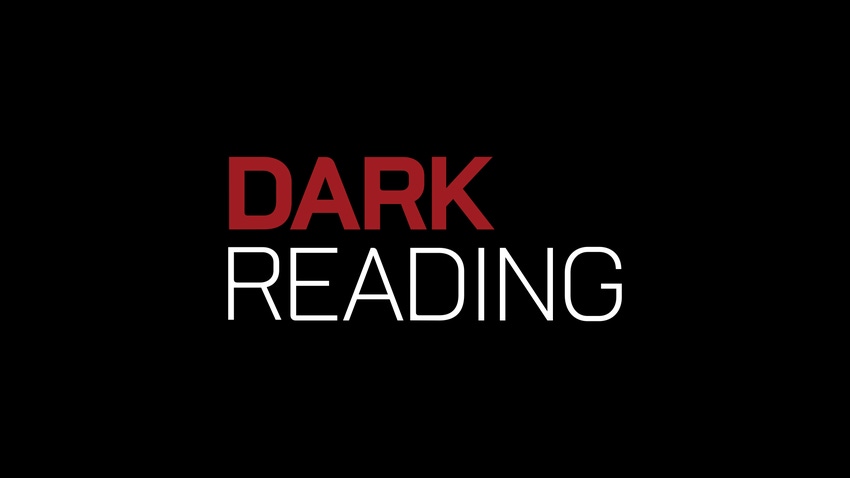The Machines Are Coming! The Machines Are Coming!
A revolution in human-machine teaming for security operations is at hand.

Cybersecurity has two great resources that work well together -- experienced security ops personnel and learning machines. Machines can work at the speed of electrons and process enormous quantities of data, but they are challenged when dealing with unforeseen scenarios. Human judgment and experience cannot be replicated by machines, but humans struggle to find patterns in massive data sets and they operate in minutes, not microseconds. For us to be truly effective as an industry, we need to deliver solutions that combine human and machine working together to fend off cyberattacks that can multiply and adapt in microseconds.
We are facing a significant labor market shortage in cybersecurity, both in numbers and experience. At the same time, there are traditional fears about automation and machine intelligence. One is that people will be replaced by machines, and another is that the machines will create enormous messes by compounding poor decisions. In this case, we are talking about using the machines to amplify the effectiveness of security operations and incident-response teams. Technology is not replacing people, but in the spirit of the best teams, each is working to its strengths.
One example of this is computers and chess players. In 1997, an IBM supercomputer beat a human chess grandmaster for the first time. Chess has a large quantity of data and a lot of patterns, which plays well into the strengths of the machines. However, in 2005 a couple of amateur chess players augmented with three PCs beat a whole range of supercomputers and grandmasters. The human/machine team was better than either alone.
In cybersecurity, we are gathering vast amounts of data, and there is an assumption that with increased visibility, enough data, and the right algorithms we will be able to predict threats. However, cyberattacks are not deterministic, as they contain at the core a human who can be innovative or random in his approach, and visibility does not give you insight into your adversary. Algorithms and analytics on their own cannot comprehend the strategic nature of the adversarial game that is being played against the cybersecurity bad actors.
So technology will not be replacing security professionals anytime soon, but it does bring tremendous advantages to the defense. Shared threat intelligence helps prevents attacks from being used over and over again, or from propagating rapidly throughout your network. You need a learning machine to detect and contain attacks at the speed of light, while humans work to mitigate the problem and develop long-term solutions.
With the increasing number of targeted attacks that are executed only once, threat intelligence might not help. The same is true of zero-day exploits or new attack types. The machines won’t have rules to deal with this, but they can help filter the alerts and correlate actions to raise the alarm to their human colleagues sooner than a human acting alone.
The machine revolution is coming, but not the way Hollywood movies portray it. Machines are coming to be the best teammate you could ask for.
Read more about:
2016About the Author(s)
You May Also Like
Key Findings from the State of AppSec Report 2024
May 7, 2024Is AI Identifying Threats to Your Network?
May 14, 2024Where and Why Threat Intelligence Makes Sense for Your Enterprise Security Strategy
May 15, 2024Safeguarding Political Campaigns: Defending Against Mass Phishing Attacks
May 16, 2024Why Effective Asset Management is Critical to Enterprise Cybersecurity
May 21, 2024
Black Hat USA - August 3-8 - Learn More
August 3, 2024Cybersecurity's Hottest New Technologies: What You Need To Know
March 21, 2024




